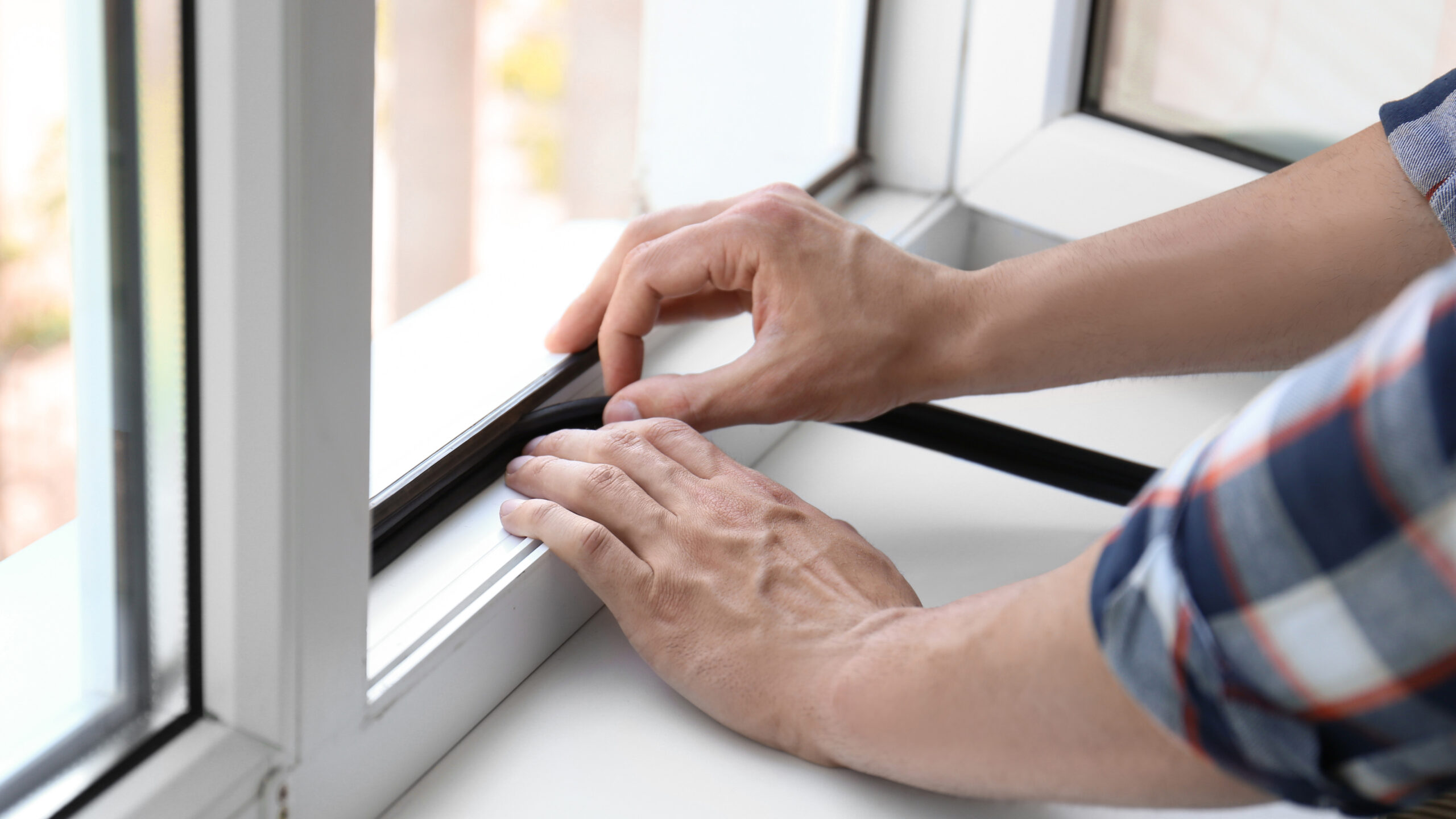When you’re looking for ways to make your home more comfortable and energy efficient, insulating your bay window is an excellent place to start. Here’s how:
Materials Needed
- Insulation material (mineral wool, spray foam or fiberglass insulation)
- Utility knife
- Caulk
- Weatherstripping
- Tape measure
- Screwdriver or drill
Step 1: Measure the Window Opening
Using a tape measure, determine the size of the opening in your bay window. This will help you decide which type of insulation material is best for your needs. Make note of all measurements.
How to Measure a Bay Window Opening?
1. Measure the height and width of the window frame at its longest points from inside edge to inside edge.
2. Measure the depth of the window frame, beginning at the back of the sill and extending to where it meets the wall on either side. Note: This measurement may vary slightly from one side to another if your bay window is not perfectly square.
Step 2: Choose the Insulation Material
Choose an insulation material that is easy to install and suits your budget. Mineral wool, spray foam, and fiberglass insulation are all great options. Consider factors such as R-value (the measure of a product’s thermal resistance) and price when selecting the right product for you.
Materials needed:
- Mineral wool insulation
- Spray foam insulation
- Fiberglass insulation
Step 3: Cut and Install the Insulation Material
Using a utility knife, cut the insulation material to size according to your measurements from step one. Carefully place it in the window opening, making sure it fits snugly. Secure with screws or nails if necessary. Fill any gaps with caulking or weatherstripping to ensure optimal energy efficiency.
Installing the Material:
Mineral wool insulation: Place the material in the window opening and secure with screws or nails, as necessary. Fill any gaps with caulk or weatherstripping.
Spray foam insulation: Follow manufacturer’s instructions for application. Be sure to wear protective gear when using this product as it is highly flammable.
Foam board insulation: Cut the foam board to fit the window opening and secure with adhesive or screws/nails. Fill any gaps with caulk or weatherstripping.
Step 4: Finish the Job
Once you’ve cut and installed the insulation, take steps to make sure your job is done right. Inspect for any visible gaps or holes in the window area, seal them if necessary. Apply a sealant to the edges of the window opening to prevent air leakage, and then paint or otherwise finish it off according to your desired aesthetic.
And there you have it! Insulating windows can be easy and relatively inexpensive, providing you with improved comfort levels and energy savings year round. Follow these simple steps and you’re on your way to a well-insulated bay window in no time! Good luck!
Tips and Tricks for Insulating a Bay Window
Measure the window carefully before purchasing your insulation materials—it can be difficult to retrofit insulation once it’s been cut; you want it to fit like a glove!
If possible, use the highest R-value insulation you can afford. This will give your windows greater protection against heat loss or gain.
Consider using reflective insulation inside the bay window if you are concerned about solar radiation entering through it. For some climates, this can help reduce energy costs over time.
Don’t forget to seal up any gaps or holes around the edges of the window frame; air leakage is one of the main causes of energy loss.
Use weather stripping and caulking to seal any joints or gaps between the window frame and surrounding wall. Make sure you use a product that is designed for exterior use, as it will be more durable in the long run.
Consider investing in insulated shades or curtains for your bay window; this can provide an extra layer of protection against drafts and temperature variations.
For added convenience, you may want to install a programmable thermostat near your bay window. This can help keep temperatures at a comfortable level while also saving on energy costs.
Related Topics:
Conclusion
With some patience and careful planning, insulating your bay window doesn’t have to be difficult. By following these steps, you can enjoy a comfortable and energy-efficient living space.
Moreover, with regular maintenance, your insulation will be more durable in the long run. So what are you waiting for? Get started on insulating your bay window today!
Happy insulating!
FAQs
Q: What are the benefits of insulating a bay window?
Insulating your bay window can help reduce energy costs while maintaining consistent temperatures in your home. It can also provide additional insulation against drafts and temperature variations.
Q: Is it hard to insulate a bay window?
No, with some patience and careful planning, you can easily insulate your bay window. Be sure to follow the steps outlined in this article for the best results.
Q: Are there any special considerations I should keep in mind when insulating my bay window?
Yes, always be sure to check for potential air leaks prior to starting any insulation work. Additionally, investing in insulated shades or curtains can greatly reduce the amount of heat that escapes through your window.

1 thought on “How To Insulate A Bay Window? Expert Tips & Advice”